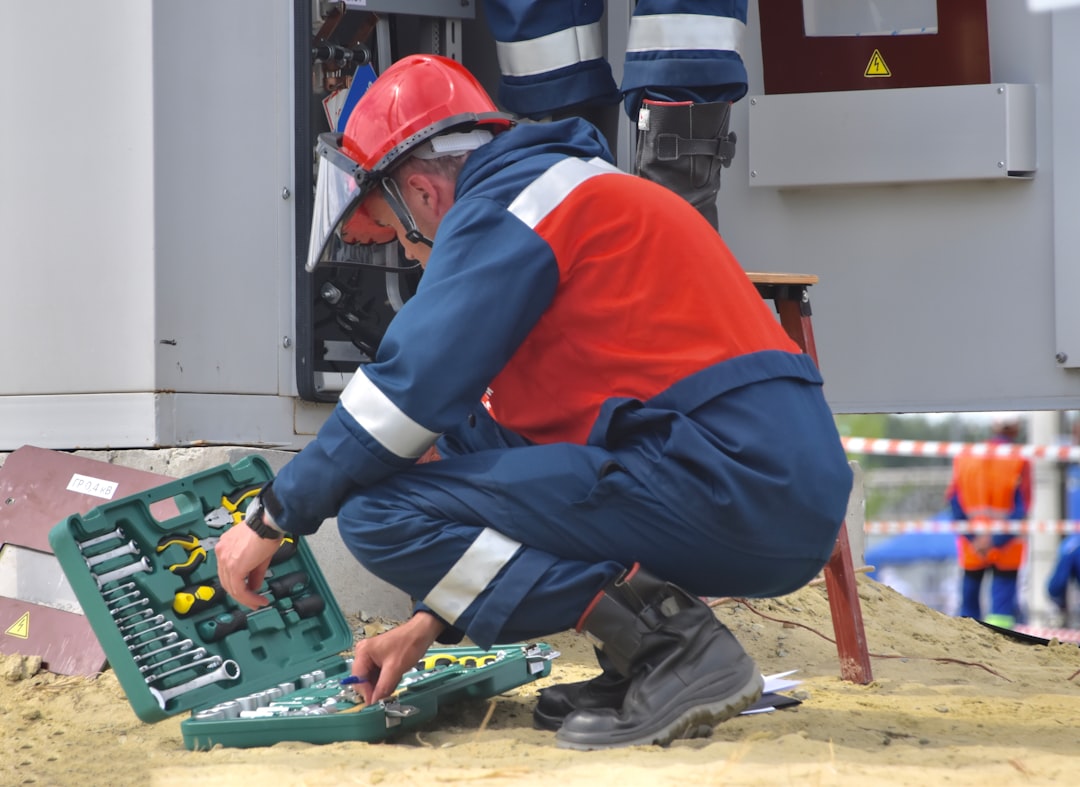
Business building is a crucial field of the building and construction industry that focuses on structure and refurbishing frameworks meant for service usage. This can vary from retail shops and office buildings to storage facilities and commercial facilities. With the quick development of city growth and the boosting need for industrial areas, recognizing the ins and outs of commercial construction has never been more crucial. This post covers the crucial elements that specify this dynamic self-control, highlighting its types, challenges, and future trends.
One of the specifying characteristics of commercial construction is the selection of projects it incorporates. The kinds of commercial structures include, however are not restricted to, workplaces, restaurants, resorts, going shopping malls, and health care facilities. Each project features its own set of specs, regulations, and design factors to consider. As an example, designing a high-rise office building needs a strong concentrate on both capability and aesthetic appeals, while a storage facility could focus on logistical efficiency over sophisticated layout attributes. Understanding the certain demands of each project type is important for successful implementation in business building.
The commercial construction procedure is complex and usually includes numerous stages. It starts with preparation and design, where architects and designers work together to produce blueprints that show both the customer’s vision and regulative requirements. Following this, the job carries on to protecting licenses, purchase of materials, and finally, the real building job. Each phase requires to be meticulously handled to ensure timelines and budgets are adhered to, which calls for effective communication among all stakeholders involved, including contractors, subcontractors, and providers.
Despite its opportunities, commercial building and construction can be fraught with challenges. Aspects like varying material expenses, labor lacks, and regulative modifications can impact timelines and budget plans dramatically. Furthermore, as modern technology developments, staying upgraded with the most up to date building and construction fads, such as sustainable structure techniques and smart modern technology combination, is critical for business aiming to continue to be affordable. Overcoming these obstacles often needs cutting-edge services and a proactive method to task monitoring.
Looking in advance, the future of commercial construction shows up promising, specifically with the surge in sustainable construction methods. A lot more companies are focusing on green products and energy-efficient designs, reacting to both consumer need and regulatory pressures relating to environmental influence. Furthermore, developments in building technology, such as Building Details Modeling (BIM) and modular building methods, are anticipated to enhance efficiency and minimize costs. As the landscape evolves, welcoming these changes will certainly not only boost job outcomes however will also play an important role in improving the industrial building sector.
To conclude, industrial construction is a multifaceted field that plays an important duty in shaping our constructed environment. By recognizing its various project types, browsing its obstacles, and following future patterns, industry experts can much better prepare themselves for the progressing demands of the market. As we progress, the concentrate on development, sustainability, and reliable job management will define the future generation of industrial building and construction.